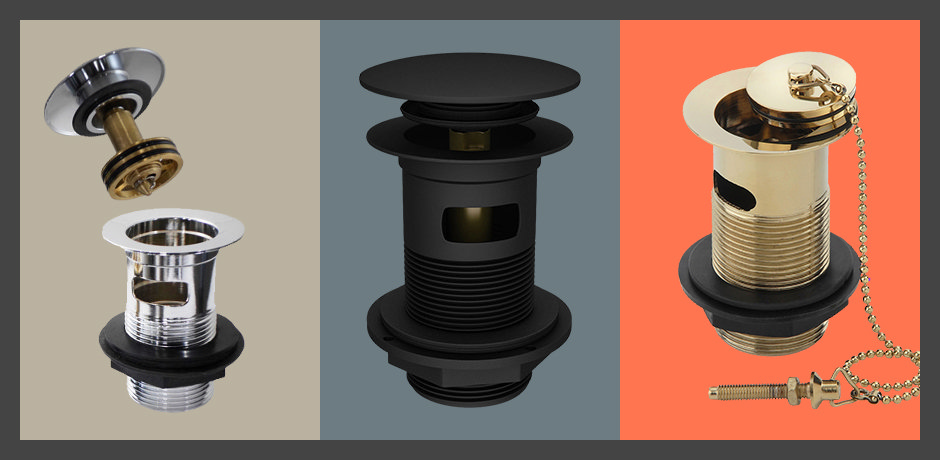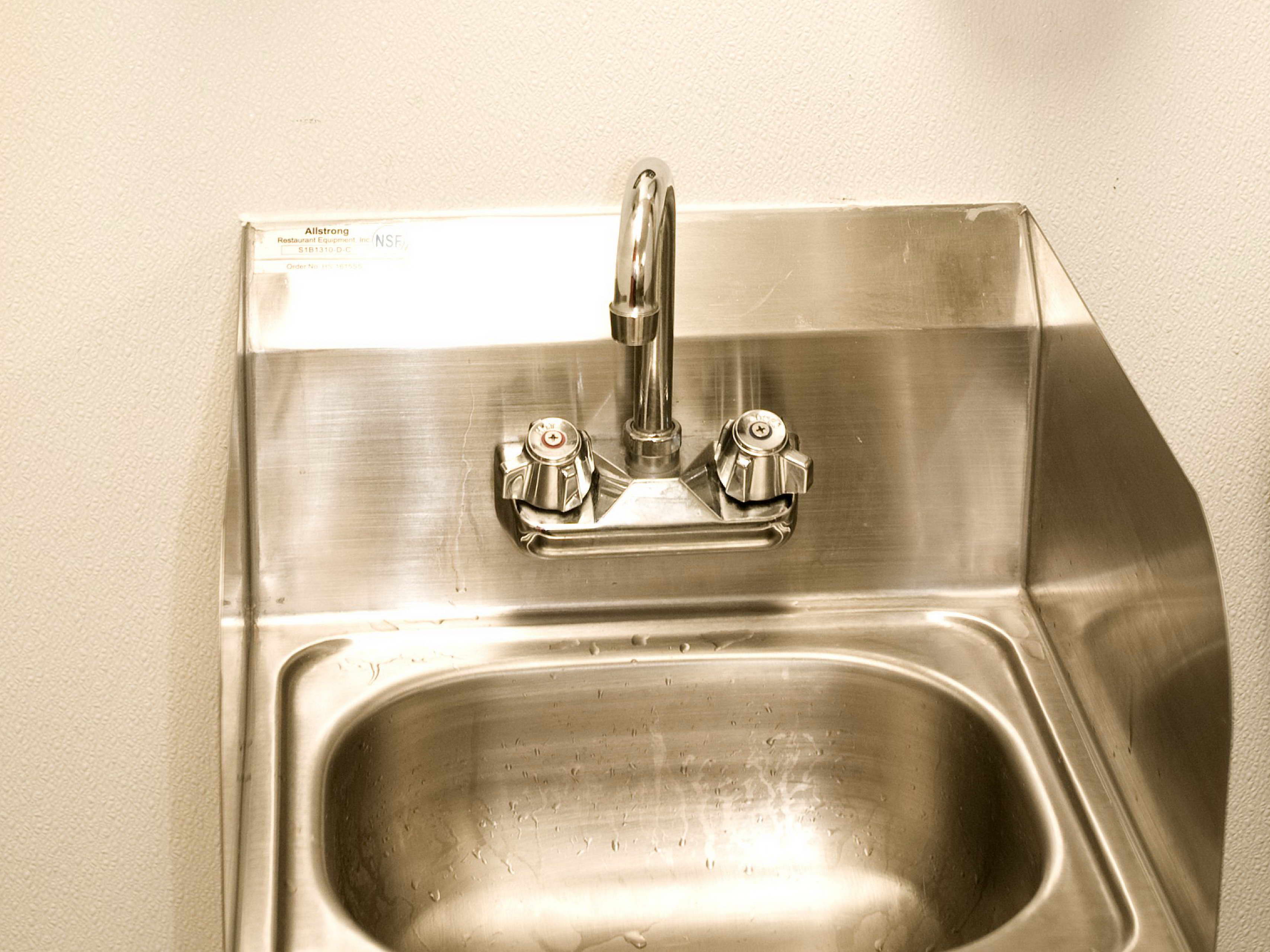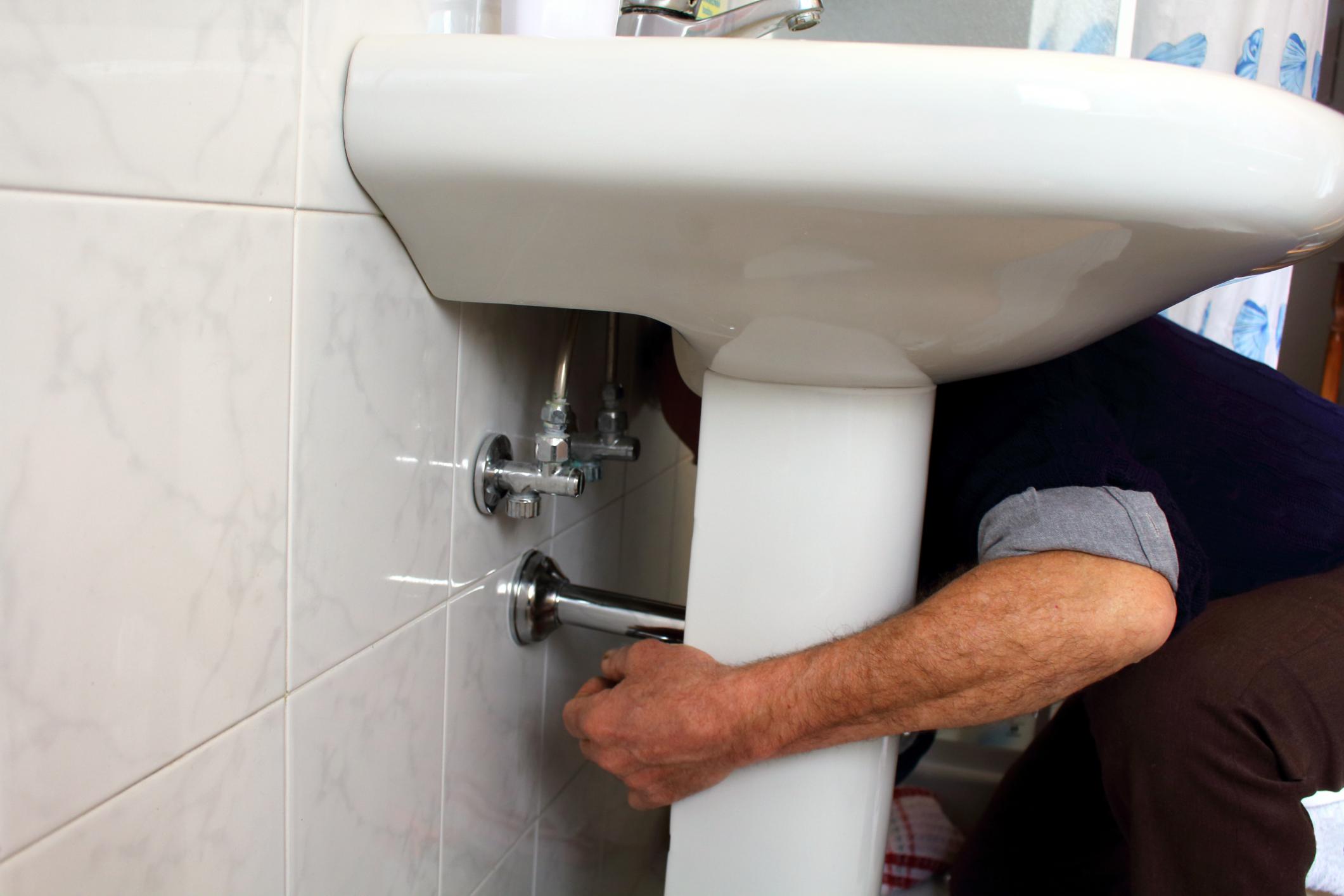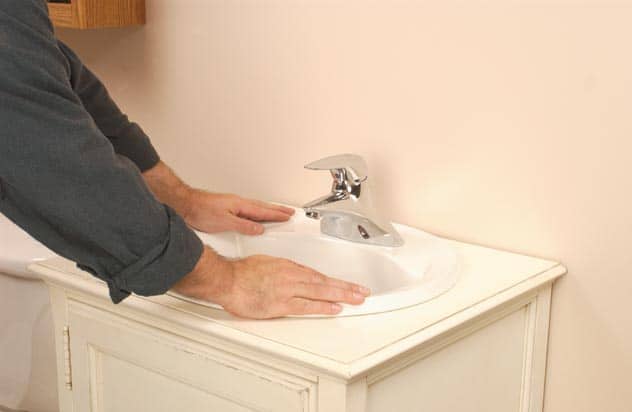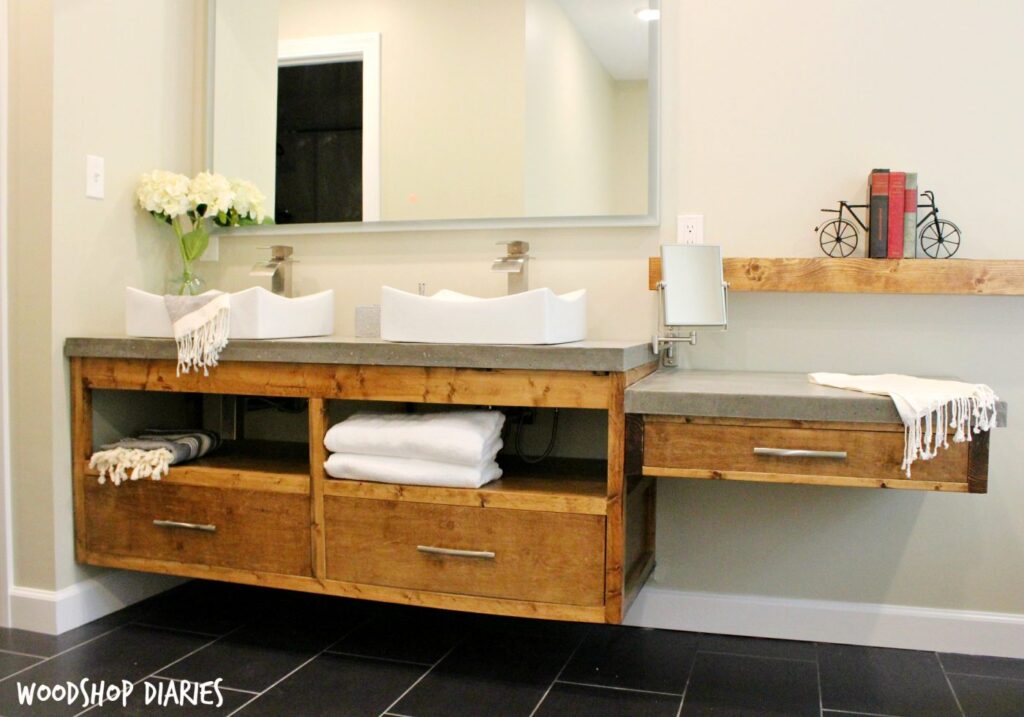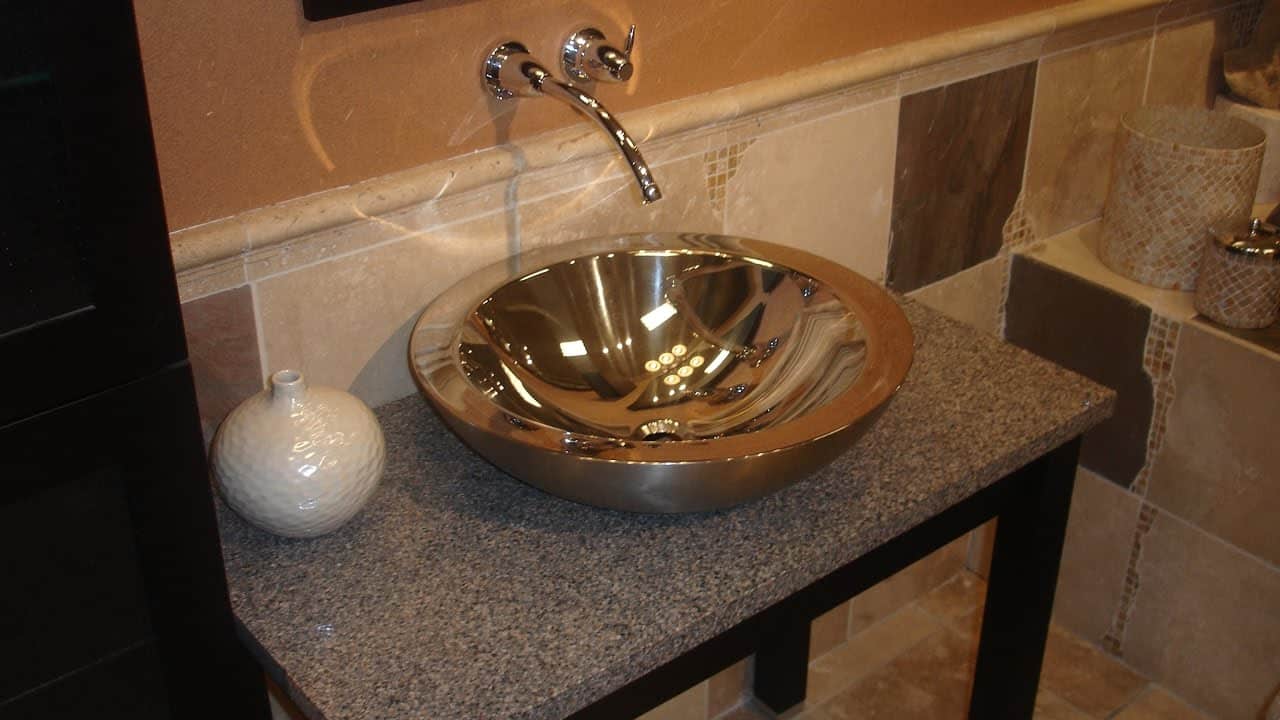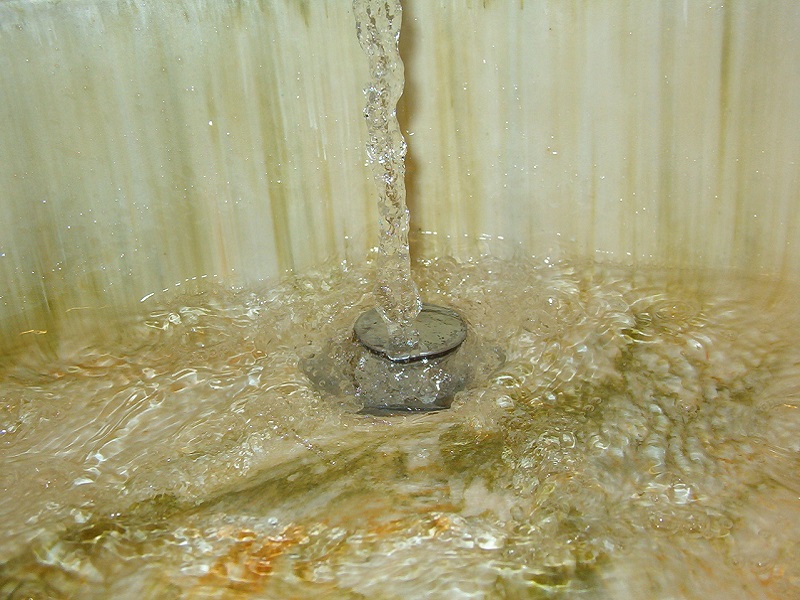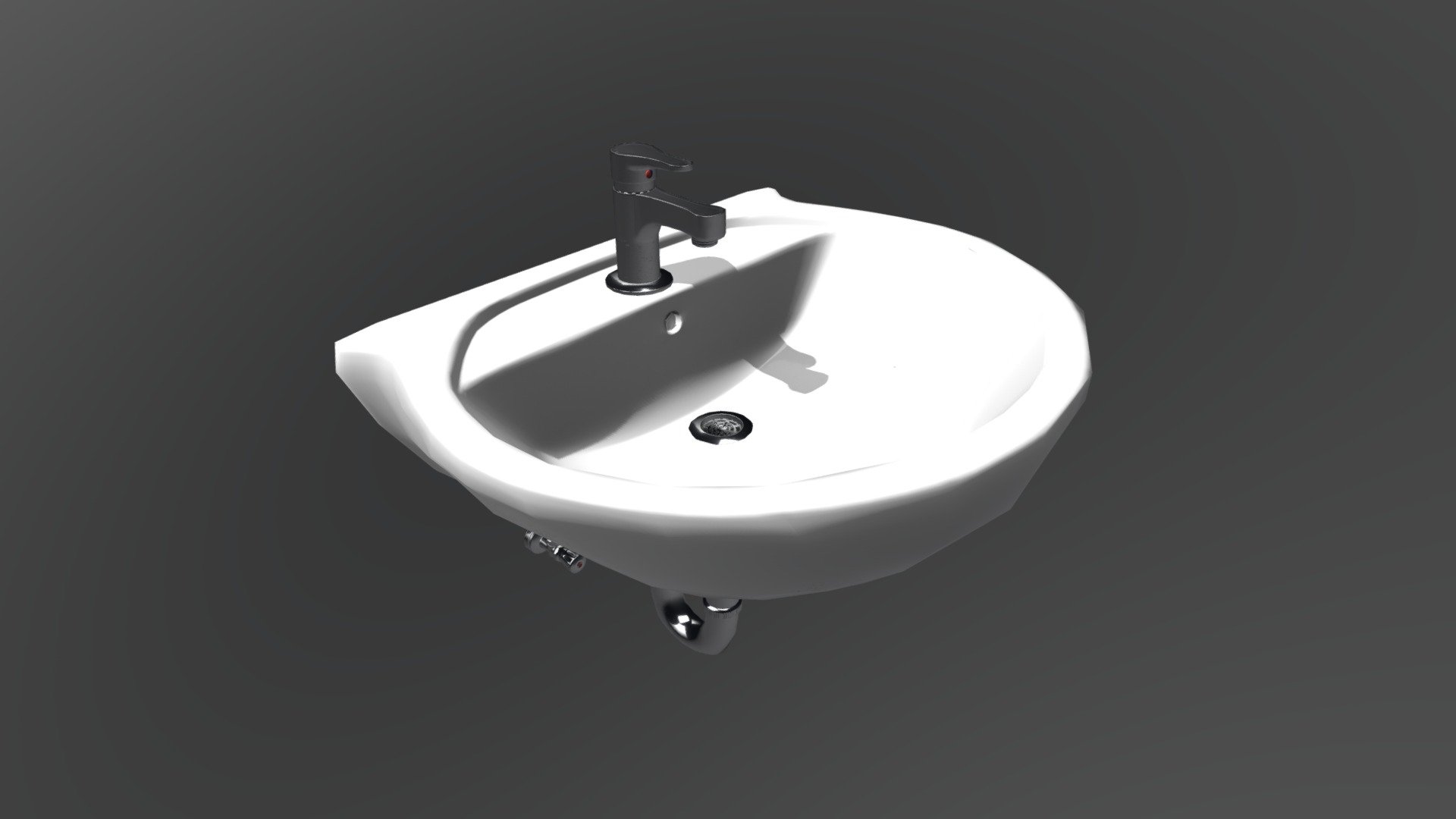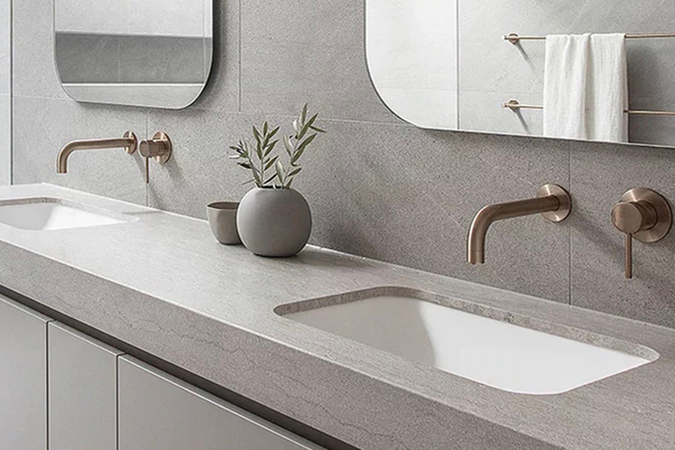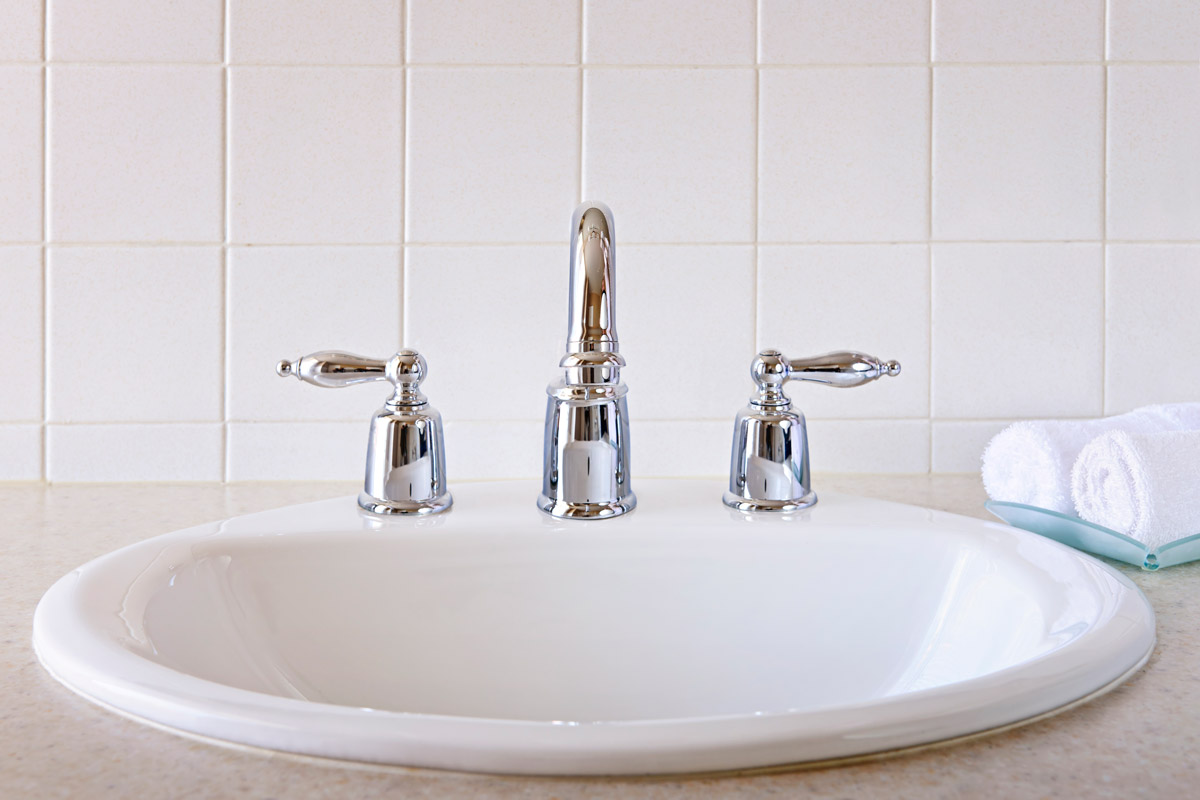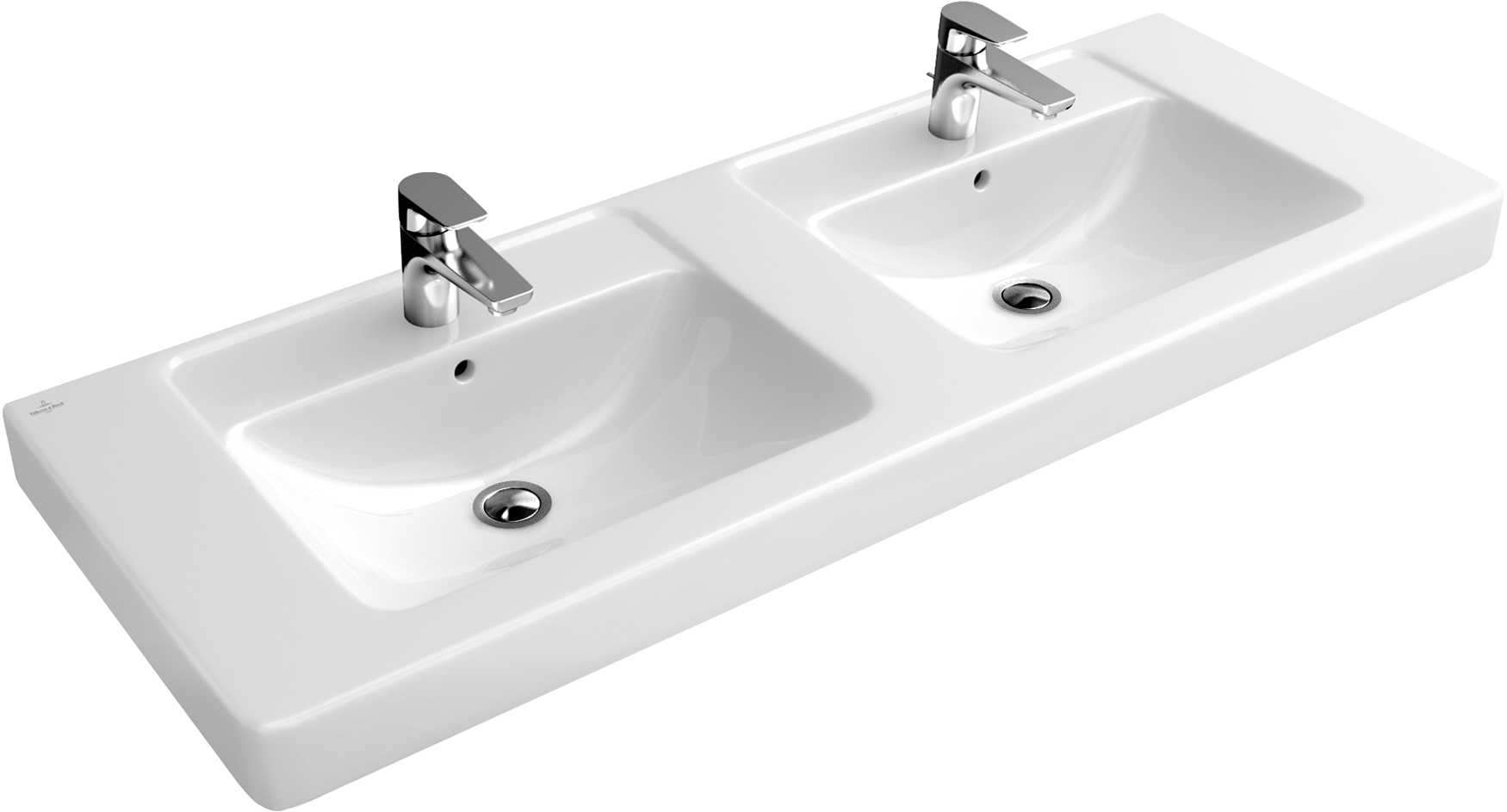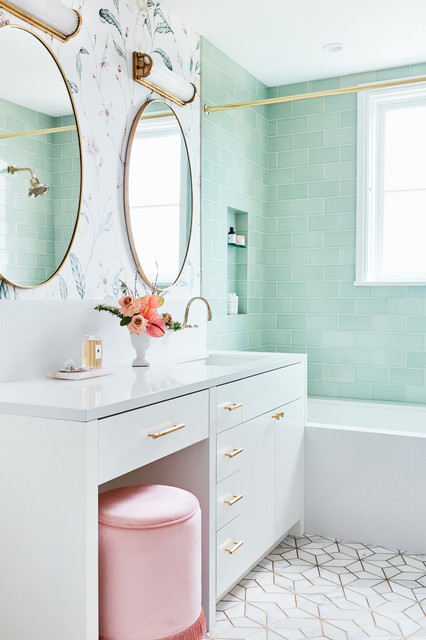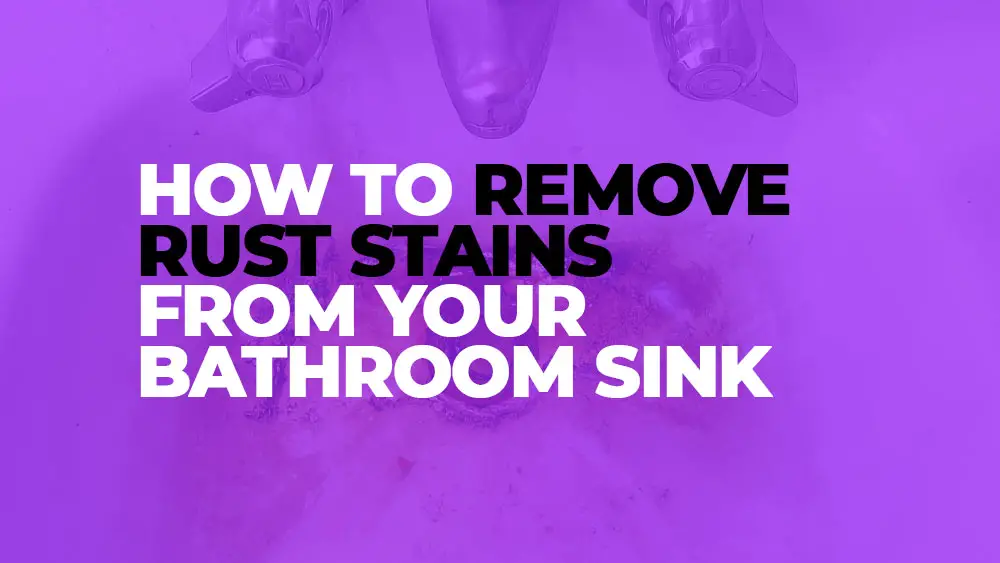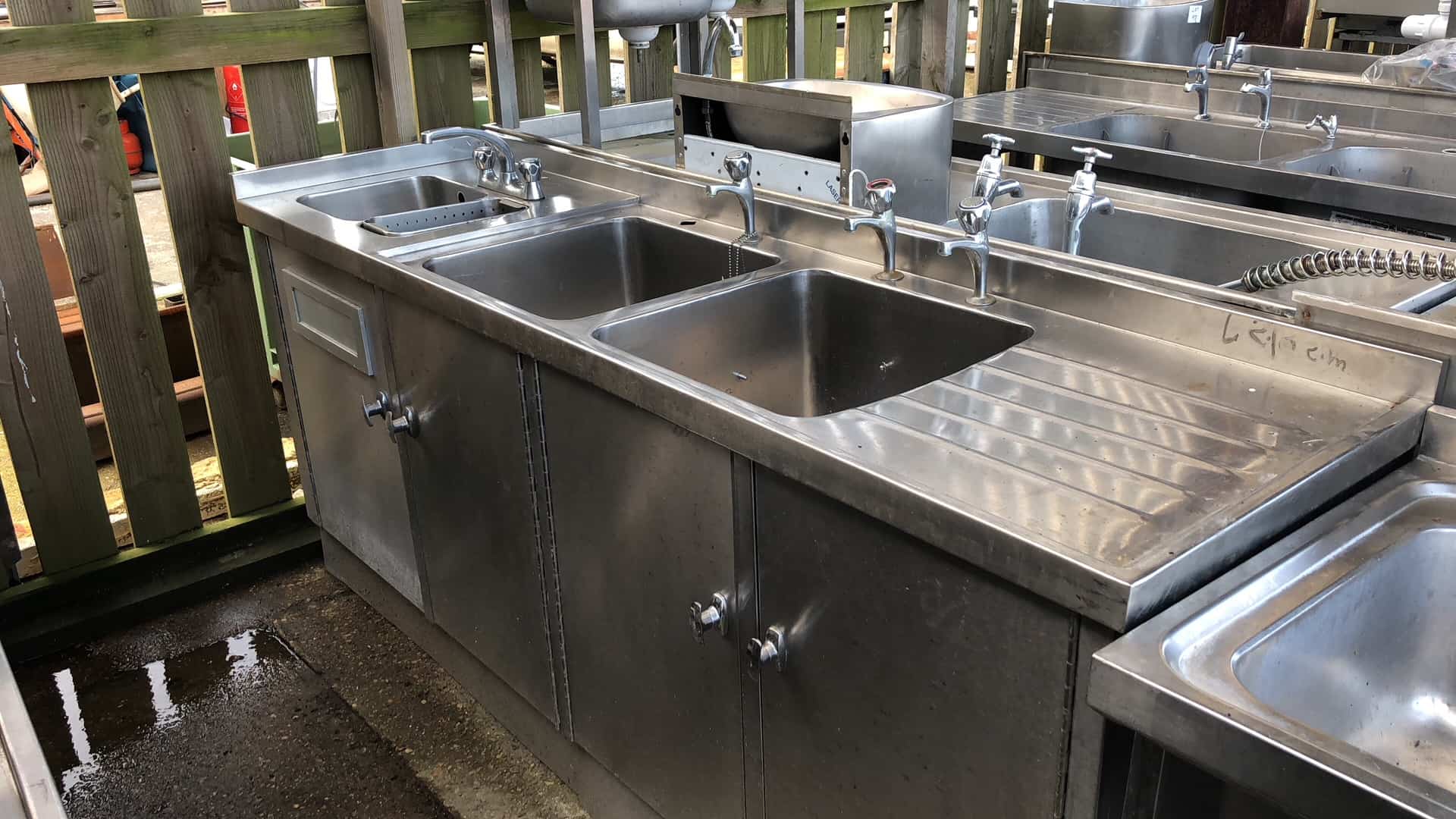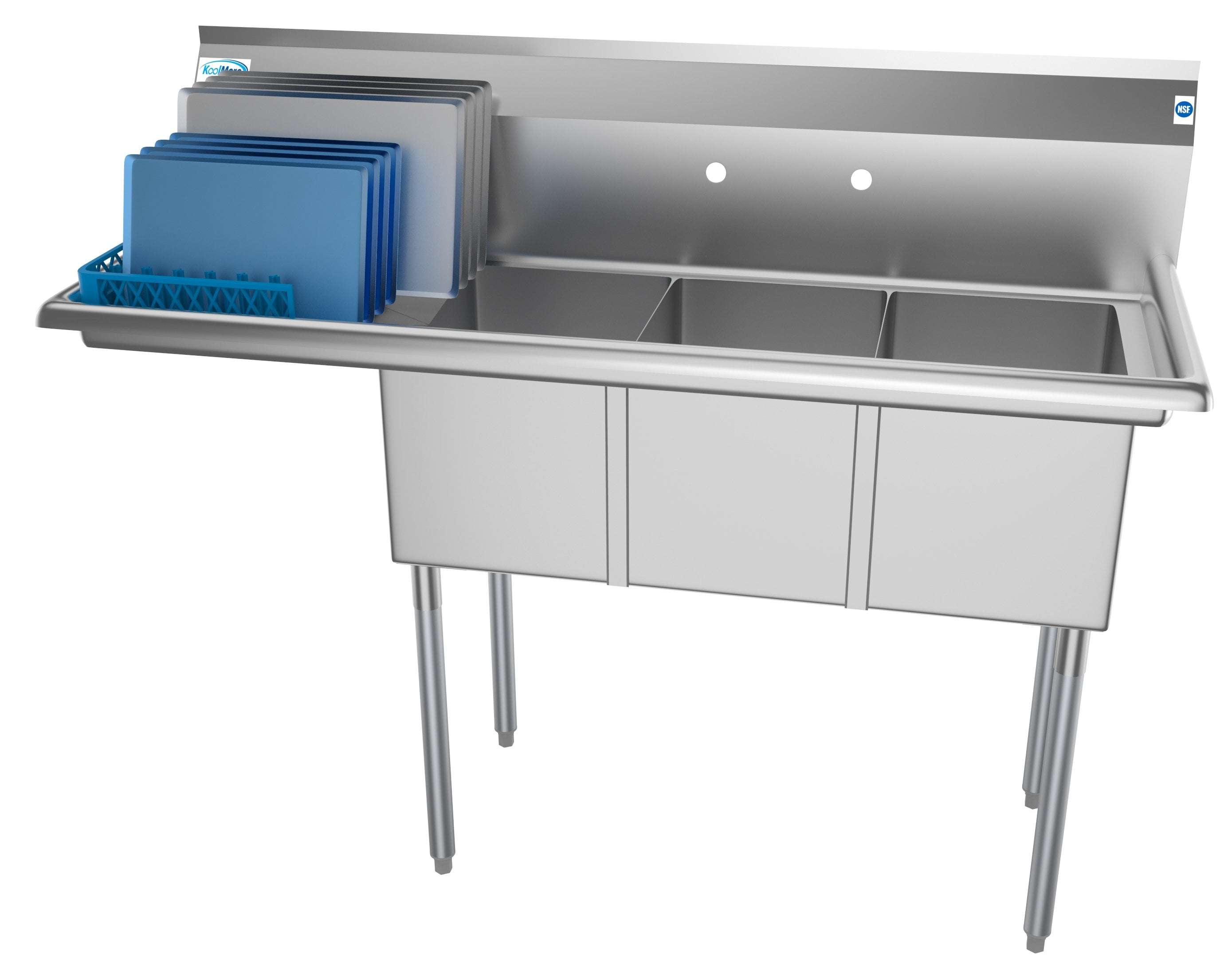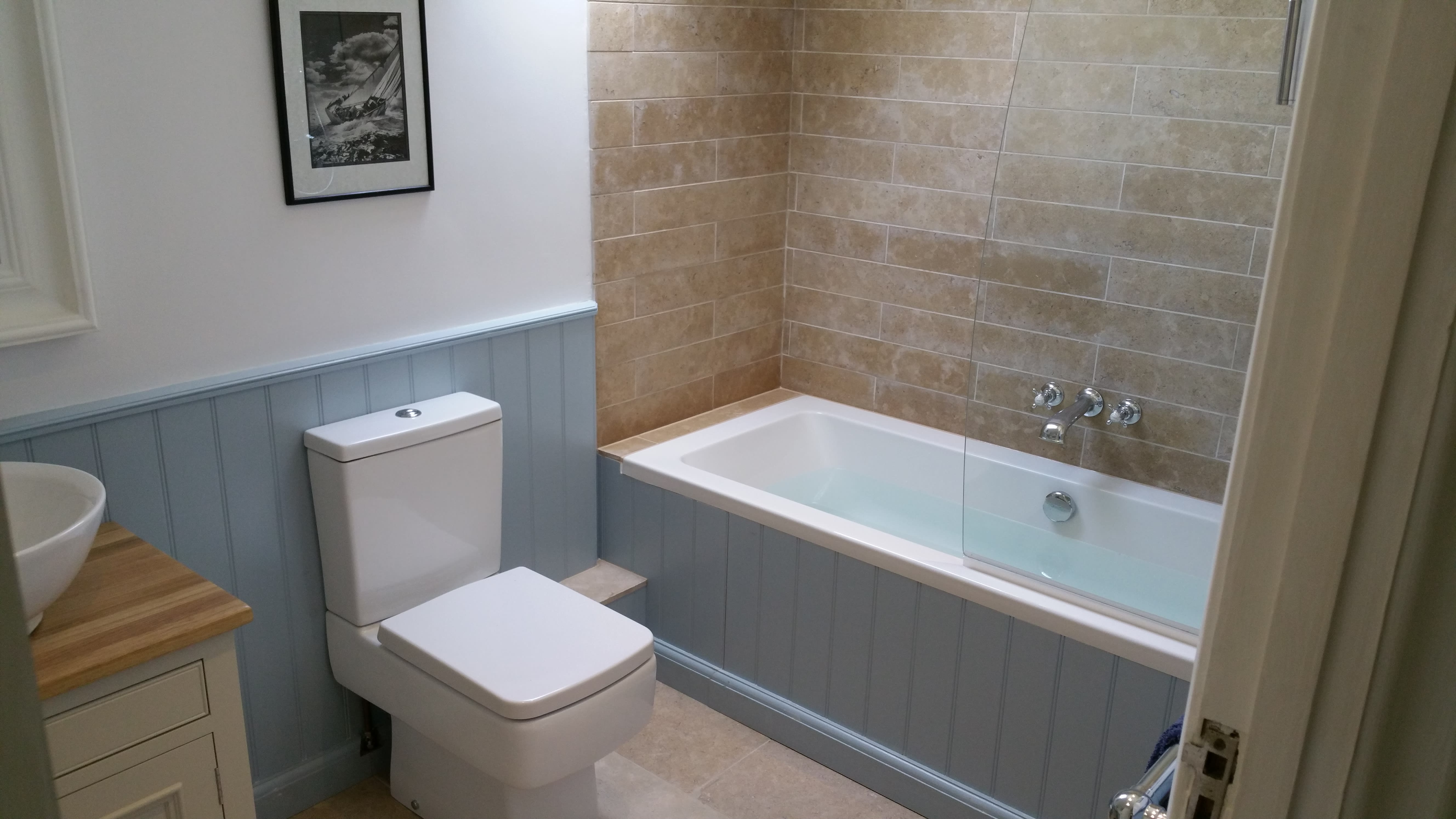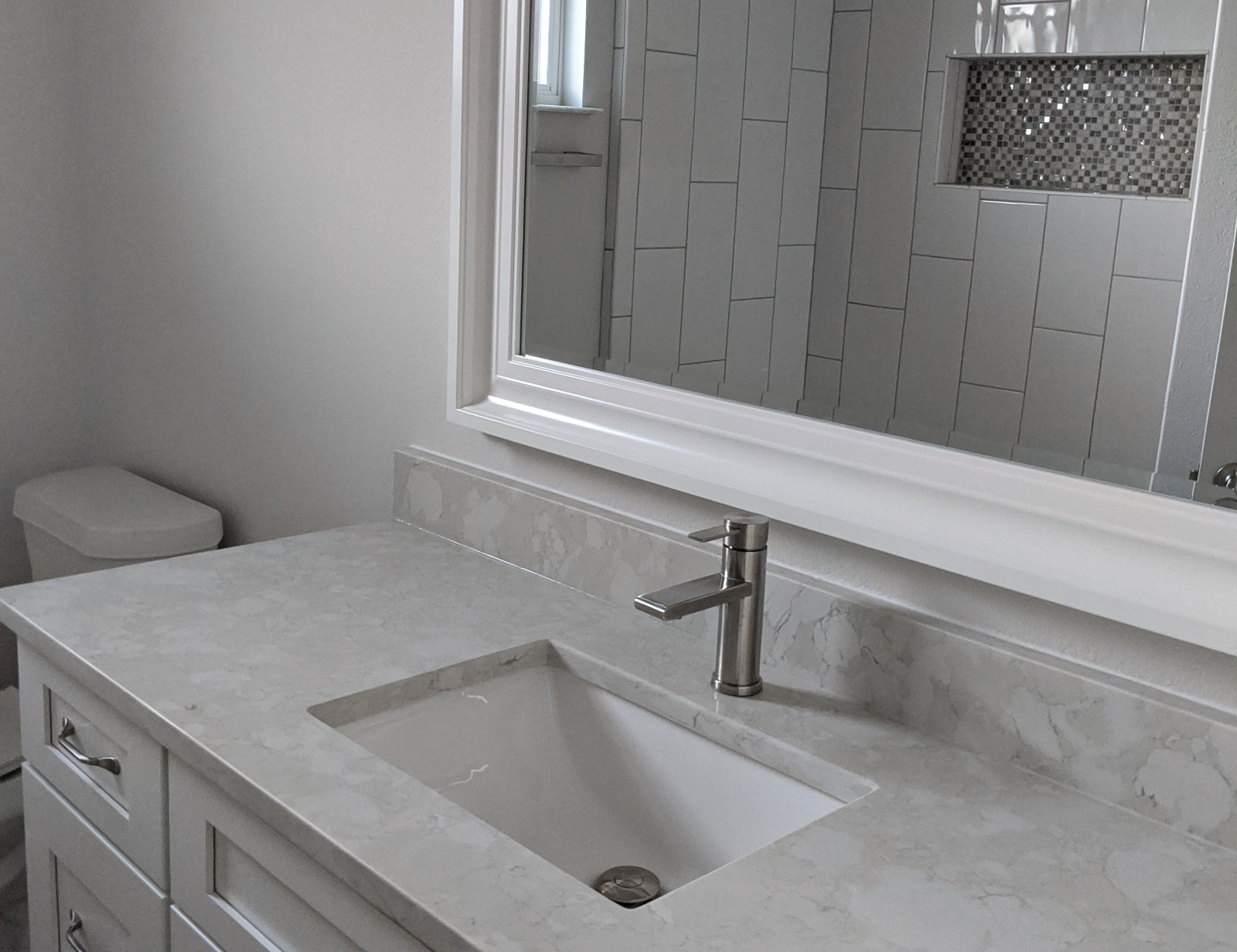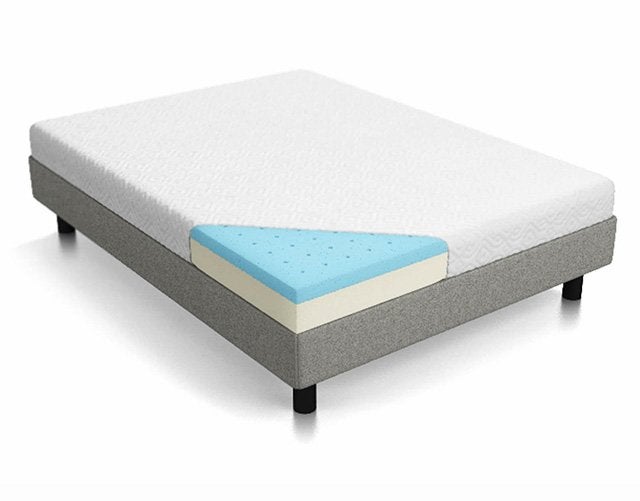Installing a new bathroom sink can be a daunting task, but with the right tools and knowledge, it can be a DIY project that saves you both time and money. Whether you're replacing an old sink or installing one in a brand new bathroom, it's important to have a good understanding of the process before diving in. In this article, we'll walk you through the steps of fitting a new bathroom sink, from choosing the right sink to avoiding common mistakes.Fitting a New Bathroom Sink: A Step-by-Step Guide
Before you start installing your new bathroom sink, it's important to gather all the necessary tools and materials. You will need a new sink, faucet, drain assembly, plumber's putty, silicone caulk, adjustable wrench, channel-lock pliers, and a bucket. It's also a good idea to have a helper on hand to assist with any heavy lifting.How to Install a Bathroom Sink
If you're planning to install the sink yourself, it's important to read the manufacturer's instructions carefully. Each sink may have slightly different installation requirements, so following the instructions closely will ensure a successful installation. It's also a good idea to watch online tutorials or consult with a professional for additional guidance.DIY Bathroom Sink Installation
Step 1: Turn off the water supply to the sink by shutting off the valves under the sink or at the main water supply. Step 2: Remove the old sink and disconnect the water supply and drain lines. Step 3: Install the new faucet and drain assembly according to the manufacturer's instructions. Step 4: Apply plumber's putty to the bottom of the sink and place it in the designated area on the vanity or countertop. Step 5: Connect the water supply and drain lines to the new sink. Step 6: Apply a bead of silicone caulk around the edges of the sink to create a watertight seal. Step 7: Turn the water supply back on and check for any leaks. Step 8: Clean up any excess caulk and enjoy your newly installed sink!Step-by-Step Bathroom Sink Fitting
When it comes to choosing a bathroom sink, there are several factors to consider. First, think about the style and design of your bathroom. Do you want a traditional pedestal sink or a modern vessel sink? Next, consider the size and shape of the sink, as well as the material it's made of. Popular options include porcelain, glass, and stone.Choosing the Right Bathroom Sink
If you're not comfortable with installing a sink yourself, consider hiring a professional plumber. They have the experience and tools necessary to ensure a proper and efficient installation. Plus, they can also help you choose the right sink for your bathroom and provide advice on proper maintenance.Installing a New Bathroom Sink
If you're replacing an old sink, it's important to properly dispose of the old one. You can either donate it to a salvage store or take it to a recycling center. It's also important to check for any damage to the vanity or countertop before installing the new sink. If there is any damage, it may need to be repaired or replaced before proceeding with the installation.Bathroom Sink Replacement
Here are a few additional tips to keep in mind when fitting a bathroom sink:Sink Fitting Tips and Tricks
Here are some common mistakes to avoid when fitting a bathroom sink:Common Mistakes When Fitting a Bathroom Sink
If you're not confident in your DIY skills or simply don't have the time to install a new bathroom sink yourself, consider hiring a professional. They can provide expert installation services and ensure that your new sink is properly fitted and functioning. Plus, they can offer advice on proper maintenance to keep your sink looking its best for years to come.Professional Bathroom Sink Fitting Services
Fitting a New Bathroom Sink: A Must-Have Addition to Your Home
Why Upgrade Your Bathroom Sink?
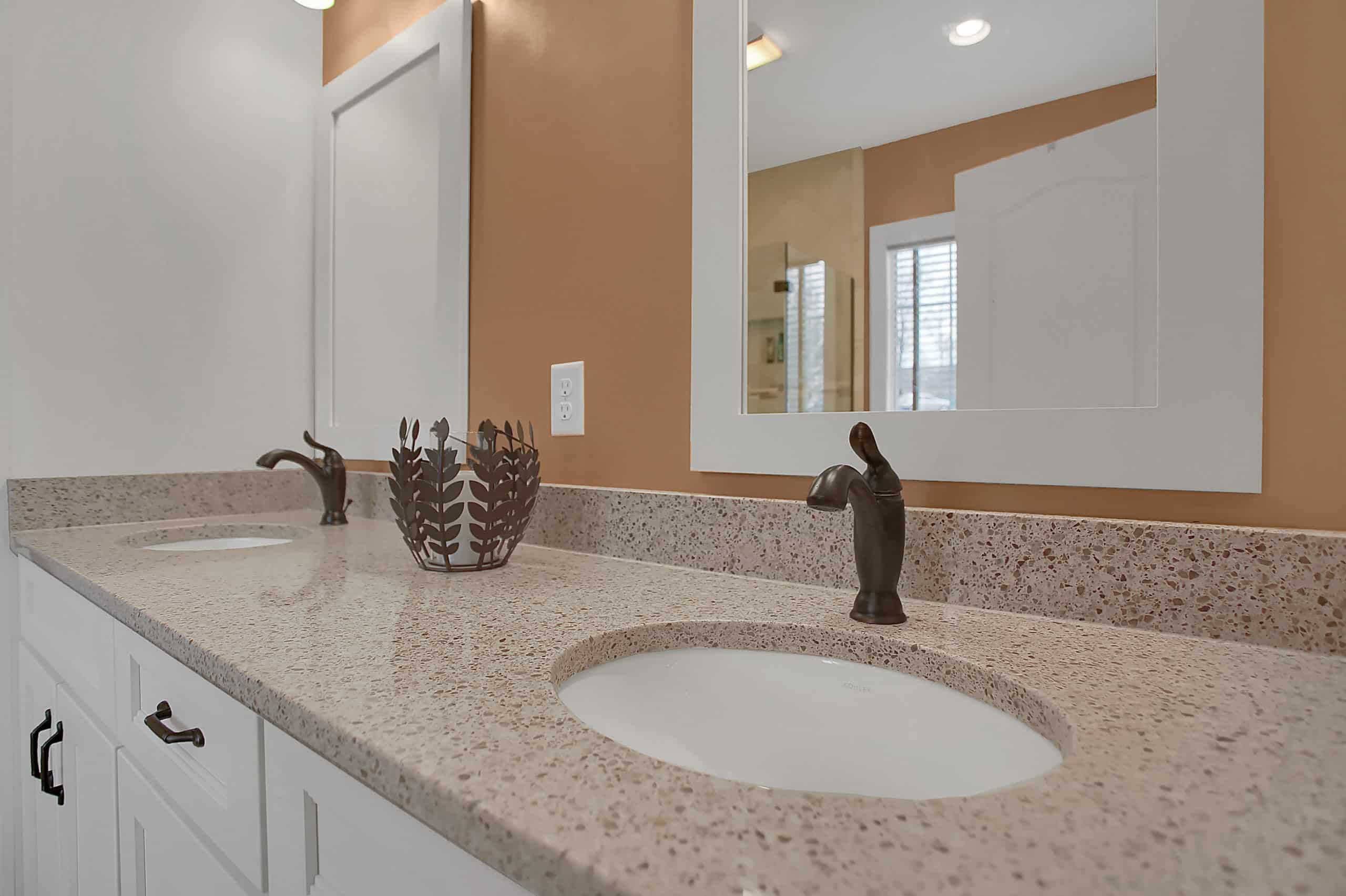 Upgrading your bathroom sink may not be at the top of your home improvement list, but it can make a huge impact on the overall design and functionality of your bathroom. A new
bathroom sink
can add a touch of elegance and modernity to your space, while also providing more storage and easier maintenance. Additionally, if you're planning to sell your home in the future, a new bathroom sink can significantly increase its value.
Upgrading your bathroom sink may not be at the top of your home improvement list, but it can make a huge impact on the overall design and functionality of your bathroom. A new
bathroom sink
can add a touch of elegance and modernity to your space, while also providing more storage and easier maintenance. Additionally, if you're planning to sell your home in the future, a new bathroom sink can significantly increase its value.
Consider Your Space
 Before you start shopping for a new bathroom sink, it's important to consider the size and layout of your bathroom. This will help determine the type of sink that will fit best in your space. For smaller bathrooms, a
pedestal sink
or
wall-mounted sink
can save space and create a more open feel. For larger bathrooms, a
vanity sink
with cabinets and drawers can provide more storage and counter space.
Before you start shopping for a new bathroom sink, it's important to consider the size and layout of your bathroom. This will help determine the type of sink that will fit best in your space. For smaller bathrooms, a
pedestal sink
or
wall-mounted sink
can save space and create a more open feel. For larger bathrooms, a
vanity sink
with cabinets and drawers can provide more storage and counter space.
Choose Your Style
 Once you have determined the size and type of sink that will fit in your bathroom, it's time to choose a style that complements your overall home design.
Undermount sinks
are a popular choice for a sleek and seamless look, while
vessel sinks
offer a more unique and modern design. You can also choose from a variety of materials such as ceramic, porcelain, granite, and more, each with its own aesthetic appeal.
Once you have determined the size and type of sink that will fit in your bathroom, it's time to choose a style that complements your overall home design.
Undermount sinks
are a popular choice for a sleek and seamless look, while
vessel sinks
offer a more unique and modern design. You can also choose from a variety of materials such as ceramic, porcelain, granite, and more, each with its own aesthetic appeal.
Installation Process
 Installing a new bathroom sink may seem like a daunting task, but with the right tools and instructions, it can be a simple and rewarding DIY project. If you're not confident in your plumbing skills, it's always best to hire a professional to ensure the job is done correctly. However, if you're up for the challenge, there are plenty of tutorials and resources available to guide you through the installation process.
Installing a new bathroom sink may seem like a daunting task, but with the right tools and instructions, it can be a simple and rewarding DIY project. If you're not confident in your plumbing skills, it's always best to hire a professional to ensure the job is done correctly. However, if you're up for the challenge, there are plenty of tutorials and resources available to guide you through the installation process.
Final Thoughts
 A new bathroom sink may seem like a small addition, but it can have a big impact on the overall design and functionality of your bathroom. So when considering home renovations, don't overlook the power of a new bathroom sink. With the right size, style, and installation, it can add both value and beauty to your home.
A new bathroom sink may seem like a small addition, but it can have a big impact on the overall design and functionality of your bathroom. So when considering home renovations, don't overlook the power of a new bathroom sink. With the right size, style, and installation, it can add both value and beauty to your home.





